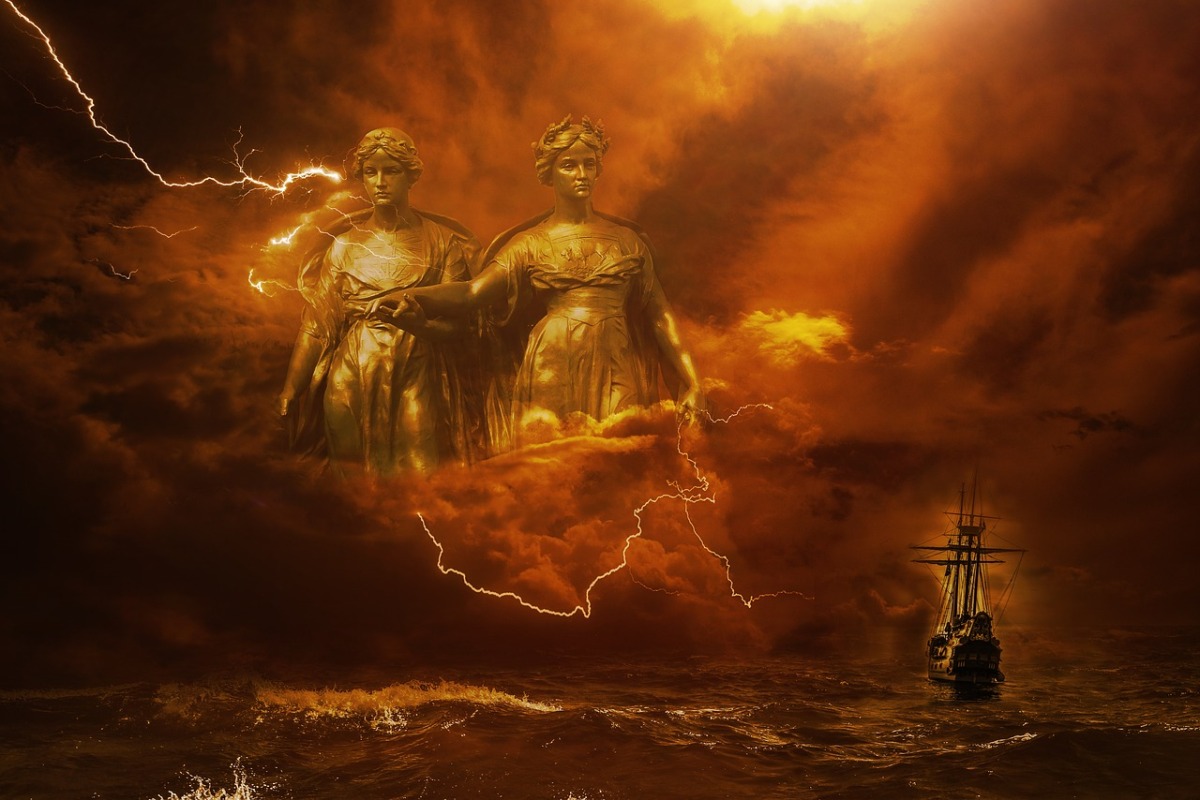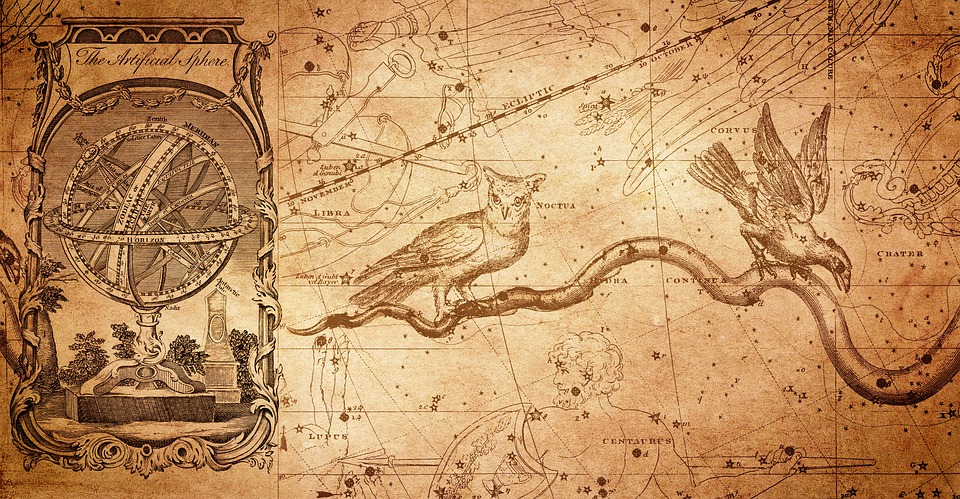The Mist-Walking
Originally called Erinys… later called, Erinyes. Referred to as, ‘the mist-walking… ’ and, with fear and respect, ‘the kindly one’. She would harass and injure her prey but not kill them. Homer refers to her in the singular (Odyssey, book 15, line 234) but, much later (circa 450 BCE), Euripides used the number ‘three’ and eventually ‘they’ assumed the names: Tisiphone, Megaera and Alekto (Alecto). Their brass wings made escape impossible, their ripping claws made their torment relentless and horrible.



